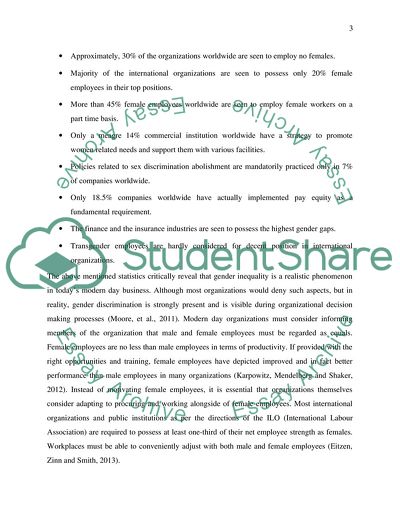Cite this document
(Gender Discrimination in the Workplace Literature review, n.d.)
Gender Discrimination in the Workplace Literature review. https://studentshare.org/marketing/1876018-wawamanaging-diversity-awareness-campaign
Gender Discrimination in the Workplace Literature review. https://studentshare.org/marketing/1876018-wawamanaging-diversity-awareness-campaign
(Gender Discrimination in the Workplace Literature Review)
Gender Discrimination in the Workplace Literature Review. https://studentshare.org/marketing/1876018-wawamanaging-diversity-awareness-campaign.
Gender Discrimination in the Workplace Literature Review. https://studentshare.org/marketing/1876018-wawamanaging-diversity-awareness-campaign.
“Gender Discrimination in the Workplace Literature Review”. https://studentshare.org/marketing/1876018-wawamanaging-diversity-awareness-campaign.


